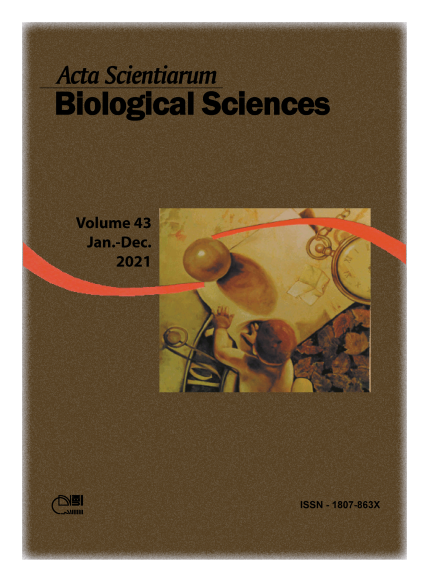Quantification of total bioactive contents and evaluation of the antioxidant and antibacterial activities of crude extracts from Ephedra altissima Desf.
Resumo
The present work describes the in vitro biological activities of the crude extracts (petroleum ether, ethyl acetate and n-butanol) prepared from the species Ephedra altissima Desf. The estimation of total phenolic, flavonoid and tannin contents were carried out using the Folin-Ciocalteu, trichloroaluminum and acidified vanillin methods, respectively. The evaluation of the in vitro antioxidant activities were performed by three different methods namely: scavenging of the free radical ABTS, permanganate reducing antioxidant capacity, and potentiometric assay. In addition, the antibacterial activity was assessed by the agar disk diffusion assay against seven bacterial strains. The results of the phytochemical screening revealed the presence of several types of secondary metabolites. The EtOAc extract exhibited the highest content of phenols (125.62 ± 1.51 μg EGA mg-1 of extract). The greatest flavonoid and tannin contents were observed for n-BuOH extract (19.18 ± 0.39 µg EQ mg-1 of extract and 8.95 ± 1.70 μg EC mg-1 of extract, respectively). Moreover, the EtOAc extract revealed potent antioxidant activity in all the tested methods. Furthermore, the aqueous extract from the species E. altissima showed a good ability to reduce iron III to iron II with a value of 0.68 ± 0.3 moL eq L-1 in potentiometric assay. All the crude extracts (PE, EtOAc and n-BuOH) displayed inhibition of bacterial growth against at least three strains with values of MIC ranging from 3.125 to 50 µg mL-1. Therefore, these results suggest that Ephedra altissima could be used as an important source of natural bioactive compounds with antioxidant and antibacterial properties.
Downloads
DECLARAÇÃO DE ORIGINALIDADE E DIREITOS AUTORAIS
Declaro que o presente artigo é original, não tendo sido submetido à publicação em qualquer outro periódico nacional ou internacional, quer seja em parte ou em sua totalidade.
Os direitos autorais pertencem exclusivamente aos autores. Os direitos de licenciamento utilizados pelo periódico é a licença Creative Commons Attribution 4.0 (CC BY 4.0): são permitidos o compartilhamento (cópia e distribuição do material em qualqer meio ou formato) e adaptação (remix, transformação e criação de material a partir do conteúdo assim licenciado para quaisquer fins, inclusive comerciais.
Recomenda-se a leitura desse link para maiores informações sobre o tema: fornecimento de créditos e referências de forma correta, entre outros detalhes cruciais para uso adequado do material licenciado.












1.png)




3.png)













